What are you looking for?
Understanding TDS and its Role in Drinking Water
“Water is the most critical resource issue of our lifetime and our children’s lifetime. The health of our waters is the principal measure of how we live on the land.” – Luna Leopold
The mineral water we drink today is not as pure as we would want it to be. Riddled with impurities, contaminants and chemicals, a glass of water can prove to be harmful if not appropriately purified. When it comes to understanding water and its components, you must understand TDS.
What is TDS in Water?
TDS stands for Total Dissolved Solids and refers to the total concentration of dissolved substances in drinking water. TDS comprises inorganic salts and a small amount of organic matter as well. Inorganic salts are made up of the positively charged cations (calcium, magnesium, potassium and sodium) and negatively charged anions (carbonates, nitrates, bicarbonates, chlorides and sulfates). The TDS level is how much of the total dissolved solids are present in the water.
Why is TDS of Drinking Water Important?
TDS in drinking water originates from places like natural sources, sewage, urban run-offs, industrial wastewater, chemicals in the water treatment process, chemical fertilizers used in the garden and plumbing. Water is a universal solvent and easily picks up impurities and can absorb and dissolve these particles quickly. Although elevated levels of TDS in drinking water is not a health hazard, it does lend the water a bitter, salty, or brackish taste. Calcium and magnesium, two minerals commonly found in TDS, can also cause water hardness, scale formation, and staining.
Also Read - Side effects of drinking cold water
What are Different TDS levels? What do they mean for you?
The TDS level helps indicate whether the drinking water is fit for consumption, requires filtration or is highly contaminated. Parts per million (PPM) is the measurement used for measuring TDS level in the water.
TDS Level Chart for Drinking Water
| TDS in Water (measured in PPM) | Suitability for Drinking Water |
|---|---|
| Between 50-150 | Excellent for drinking |
| 150-250 | Good |
| 250-300 | Fair |
| 300-500 | Poor, not good for drinking |
| Above 1200 | Unacceptable |
Why Should You Measure TDs Levels?
High TDS in your water can lead to various health issues. Optimal link to the purity of the water you consume. In this regard, Bisleri offers a solution with its provision of safe drinking water, boasting an impressively low TDS level of around 150 ppm.
Naturally, mineral water has no smell or taste. A change in the TDS level changes the texture and taste, making the water unfit for consumption. Some of the reasons why you should measure the TDS level of your drinking water are:
- Taste: A high water TDS level can make the water salty and/or bitter.
- Health Concerns: water with high TDS levels may not drastically impact your health but the high level of lead or copper can make you fall sick).
- Cooking: A water TDS level above 1000 PPM can change how the food tastes.
Must Read - Types of drinking water
What are the Effects of TDS on Health and Taste?
As mentioned, TDS levels are elevated due to the presence of huge concentrations of potassium, chloride, and sodium, as well as hazardous ions. It's also unpleasant to drink since it can taste salty, metallic, or bitter.
The presence of TDS in water doesn't measure a single contaminant, so it's generally not seen as a health concern by many government agencies. However, a high TDS level can impact the taste and smell of water.
A TDS meter helps measure the TDS level in water. Please note that this test determines the total amount of dissolved solids in water but doesn't pinpoint specific compounds or sources. Therefore, additional tests are necessary to identify the contaminants in water.
Furthermore, whether the TDS level in water is beneficial or harmful to the body depends on the types of salts and compounds present. TDS consists of various salts, minerals, and organic compounds like Calcium, Chlorides, Sulfates, Magnesium, Potassium, Carbonates, and Bicarbonates. While some of these may contribute a few minerals to the body, most are considered harmful and should be filtered out before consumption.
How can you reduce the TDS of water?
Three of the most common ways to reduce TDS in Water are:
1. Reverse Osmosis (RO): TDS is lowered through Reverse Osmosis by pushing the water using pressure through an artificial membrane. The membrane has tiny holes that allow only particles smaller than 0.0001 microns to go through. Since the particles of dissolved metals and salts are bigger than water molecules, only water goes through the membrane, leaving the metals and salts behind.
2. Distillation: This method involves boiling water to create water vapor. The vapor goes up to a cool surface and changes back into liquid. The dissolved salts can't turn into vapor and stay in the boiling water.
3. Deionization (DI): In this process, water moves through a positive and negative electrode. Special membranes let positive ions separate from the water and move toward the negative electrode. The result is pure water without ions. Yet, before this, the water goes through a reverse osmosis unit to remove non-ionic organic substances.
All three methods are advanced and unless you have an RO water filter at home, there is not much you can do to reduce the TDS of the water. It is recommended that you at least boil the water properly before consuming it, as it kills most of the bacteria and viruses present in the water. Or you can go with Bisleri 20-litre water jars for your household water needs, as it undergoes a 10-step filtration process, including RO.
Conclusion
Maintaining the TDS level of mineral water is essential. You don’t need to worry about filtration and impurities when you can drink Bisleri water. The ideal TDS level maintained in every bottle or jar of Bisleri mineral water will make sure your body gets the essential dissolved organic and inorganic salts. The brand is about building trust and maintaining the purity of water. Now, with Bisleri’s online water delivery platform, health safety and immunity are just a click away.
Bisleri water passes through a 10 step purification process and 114 quality tests to ensure you get purity in every sip. A symbol of goodness, trust and purity, Bisleri has been a household name for decades. A leader in the beverage category, we’re cited as the most trusted brand across 500 categories in India. Our relentless commitment to quality stands true to our promise of providing safe, pure & healthy mineral water to consumers for the last 50 years.
Frequently Asked Questions
1. What is the best TDS level for drinking water?
Generally, the TDS level between 50-150 is considered as the most suitable and acceptable.
2. Is Low TDS level bad or harmful for health?
If the TDS level is about 1000 PPM, it is unsafe and unfit for human consumption.
3. What TDS level Bisleri maintains in water?
Bisleri water maintains a TDS level of 150 PPM, making it safe to drink.
4. What is the difference between TDS and hardness?
Hardness measures the presence of calcium and magnesium salts in forms like bicarbonates chlorides, chlorides, and sulfates, while TDS includes all minerals, not just calcium and magnesium
5. How can I test TDS of drinking water?
Different ways exist to test water TDS at home. Two of the most commonly used methods are:
- Digital TDS Meter
- Filter Paper & Scale
References:
https://www.safewater.org/fact-sheets-1/2017/1/23/tds-and-ph
Popular Searches
Product Recommendations
Recent posts
-
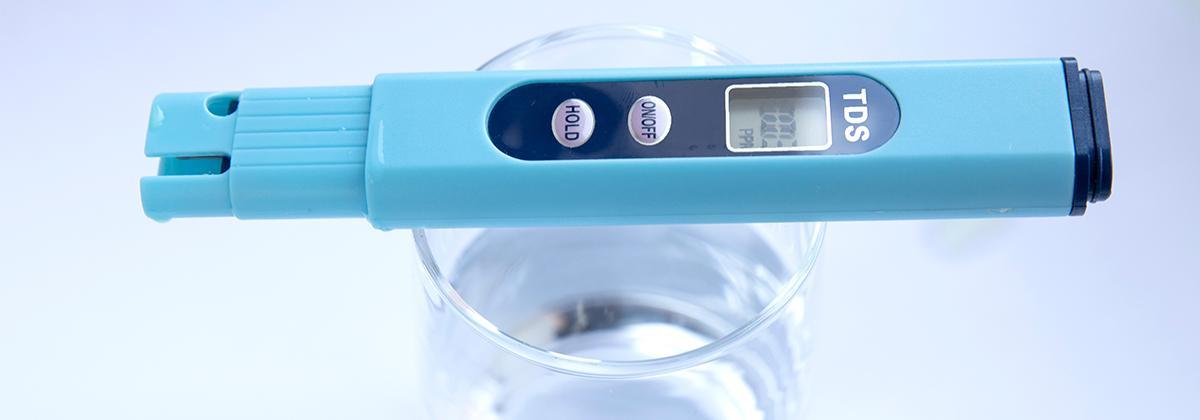
Understanding TDS and its Role in Drinking Water
24th Jul 2020 -
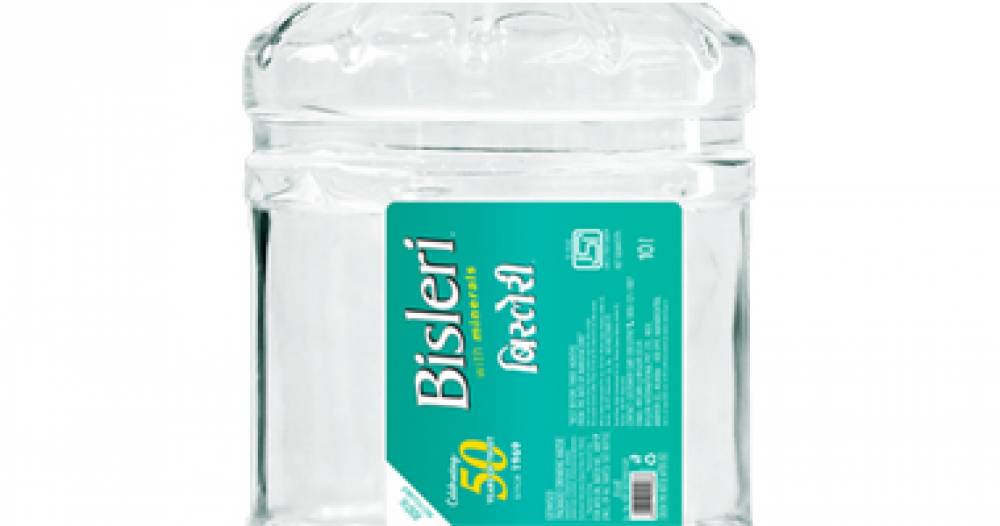
Bisleri 20-Litre Mineral Water Can: Pure Water, Perfect Health
4th May 2020 -
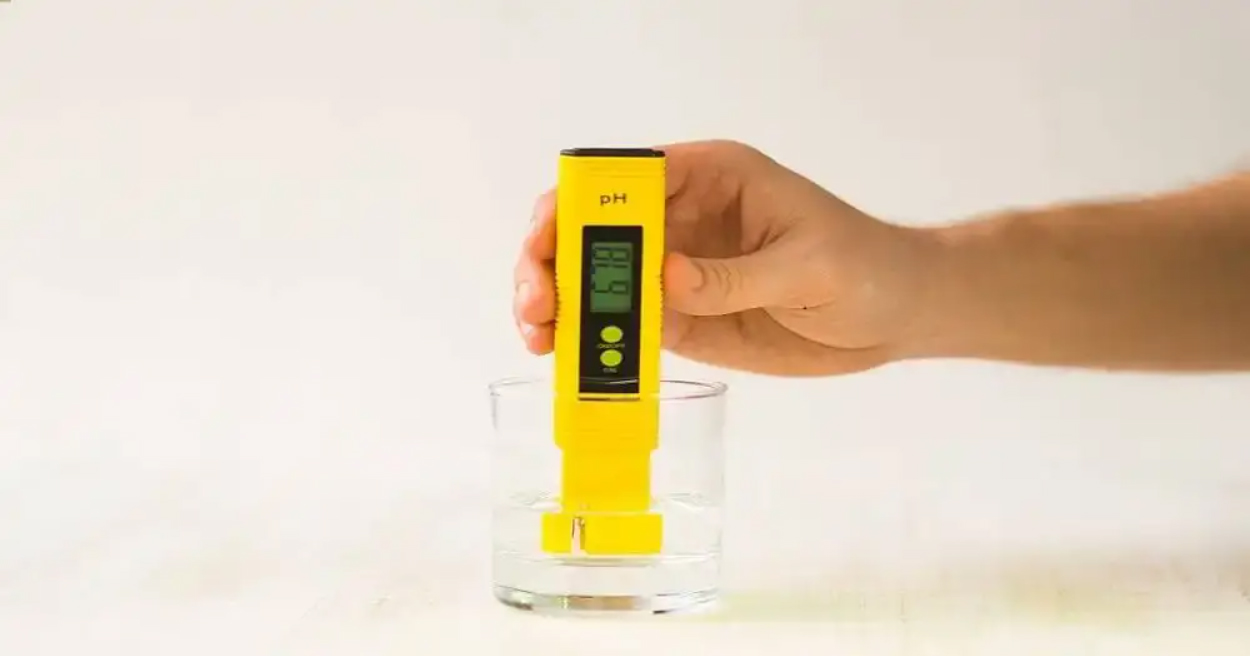
There are several types of water, including mineral water, RO water, soft water, hard water, distilled water, freshwater, and salt water.
9th Sep 2022 -

Bisleri 1-Litre Mineral Water Bottle: Pure Water Anytime, Anywhere
4th Jul 2020 -
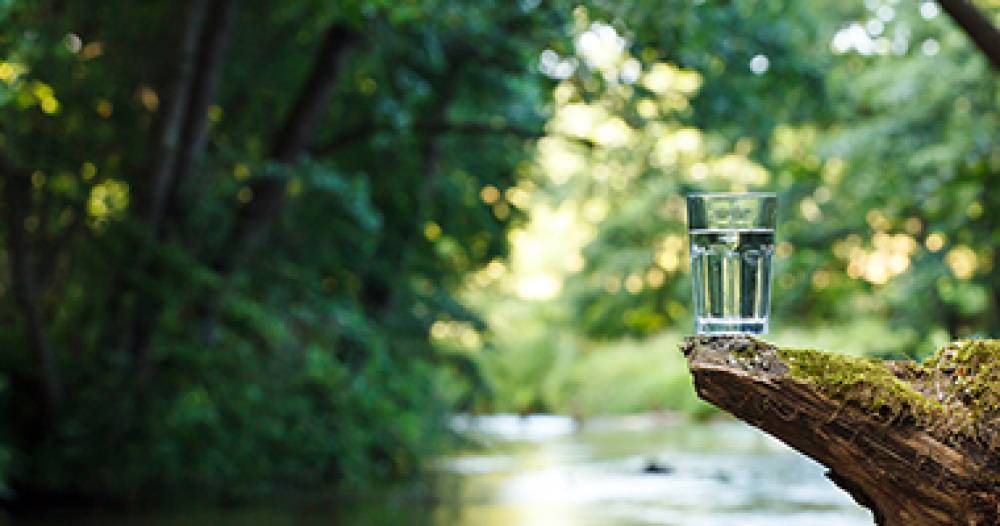
Types of Drinking Water: Difference Between RO Purified, Sparkling and Mineral Water
4th Dec 2020









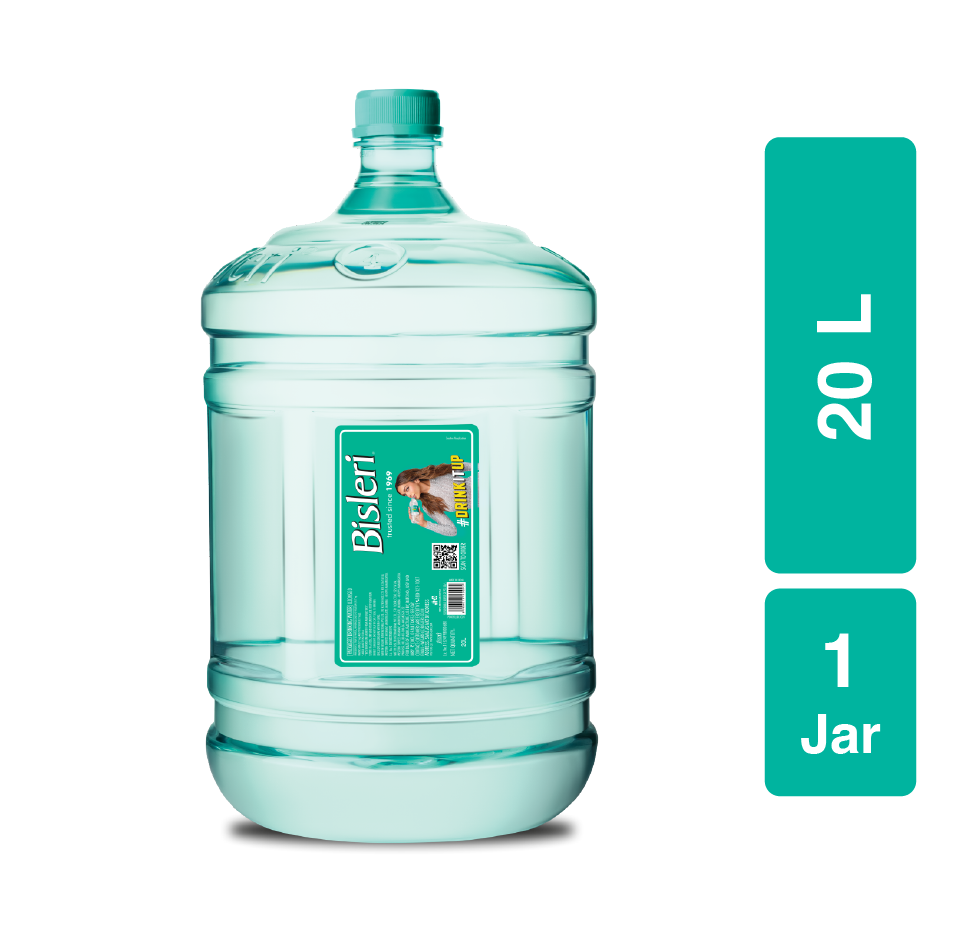
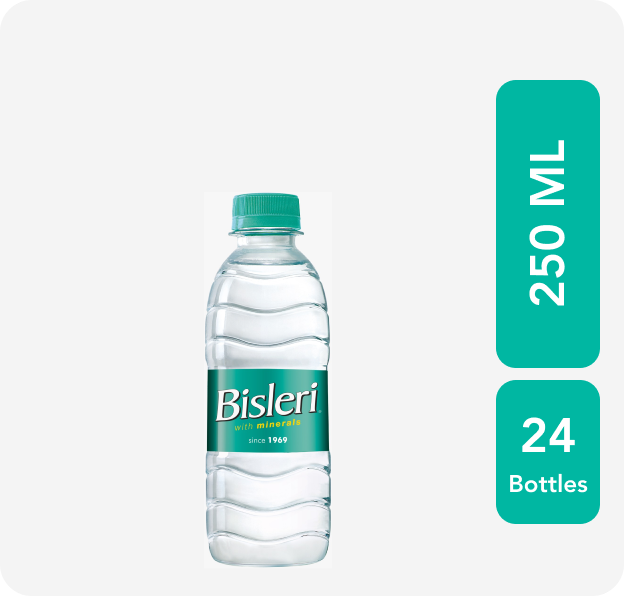
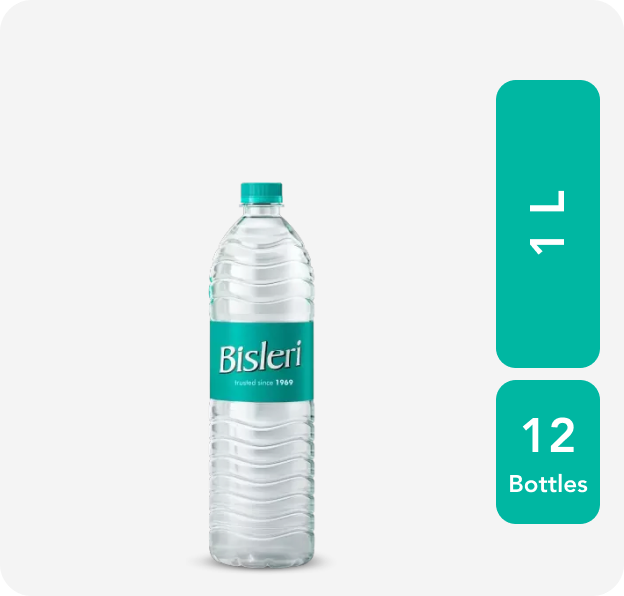
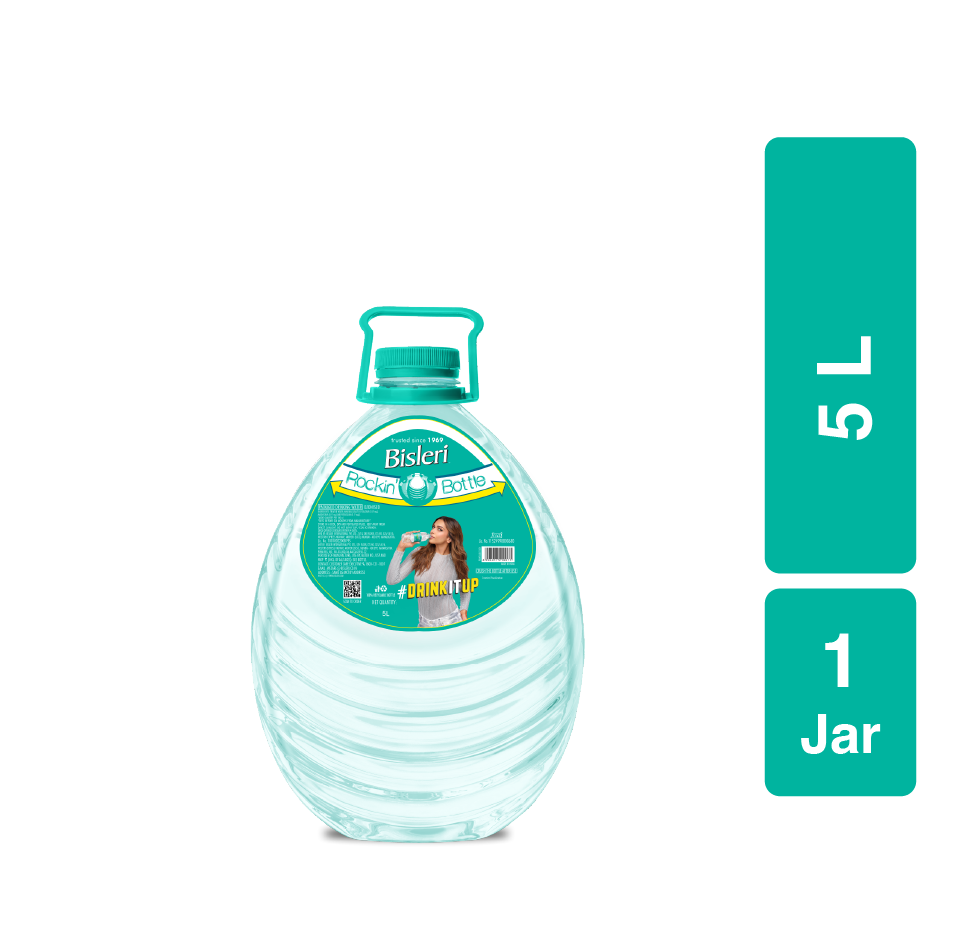
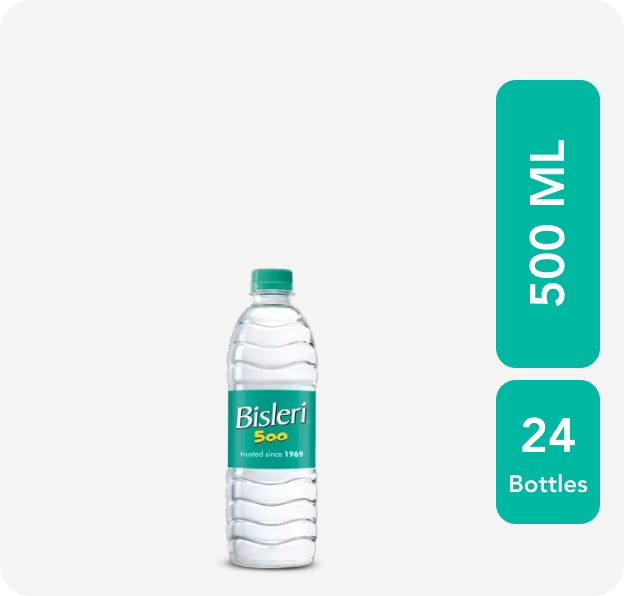
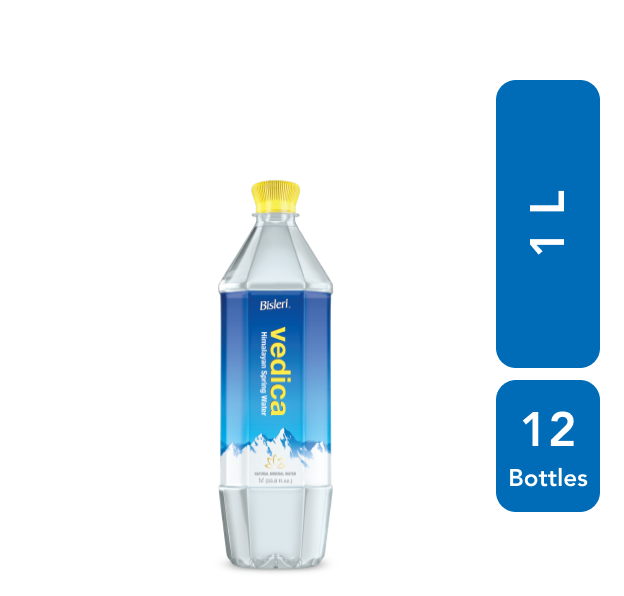

 Mumbai
Mumbai
 Bengaluru
Bengaluru
 Hyderabad
Hyderabad
 Chennai
Chennai
 Pune
Pune
 Delhi-NCR
Delhi-NCR
 Ahmedabad
Ahmedabad